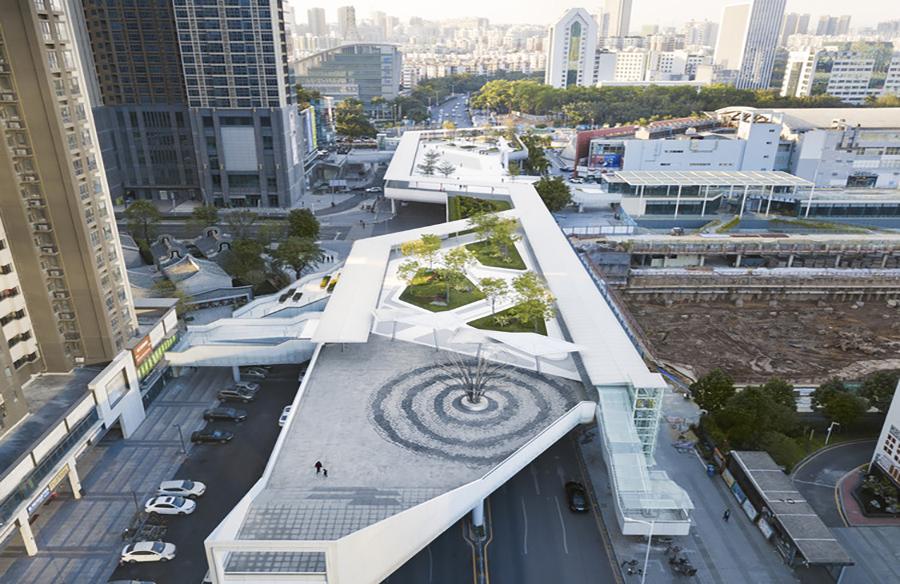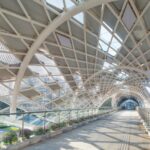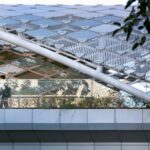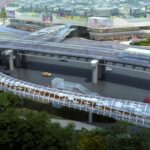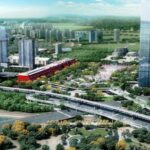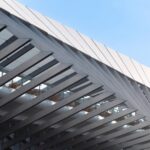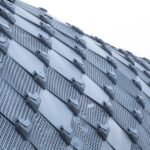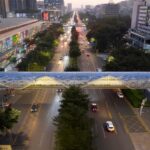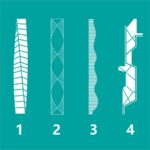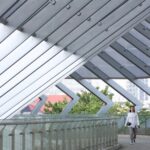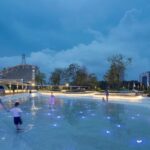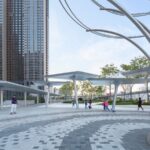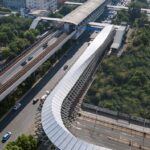Project Background
The Longgang Core Area Overpasses Design by FCHA plays a pivotal role in the integration of rail transit, bus, and slow traffic systems in Shenzhen. Located in the “Three Pavilions and One City” area, this project aims to create a comprehensive transportation network within a limited space, connecting various urban functions seamlessly.
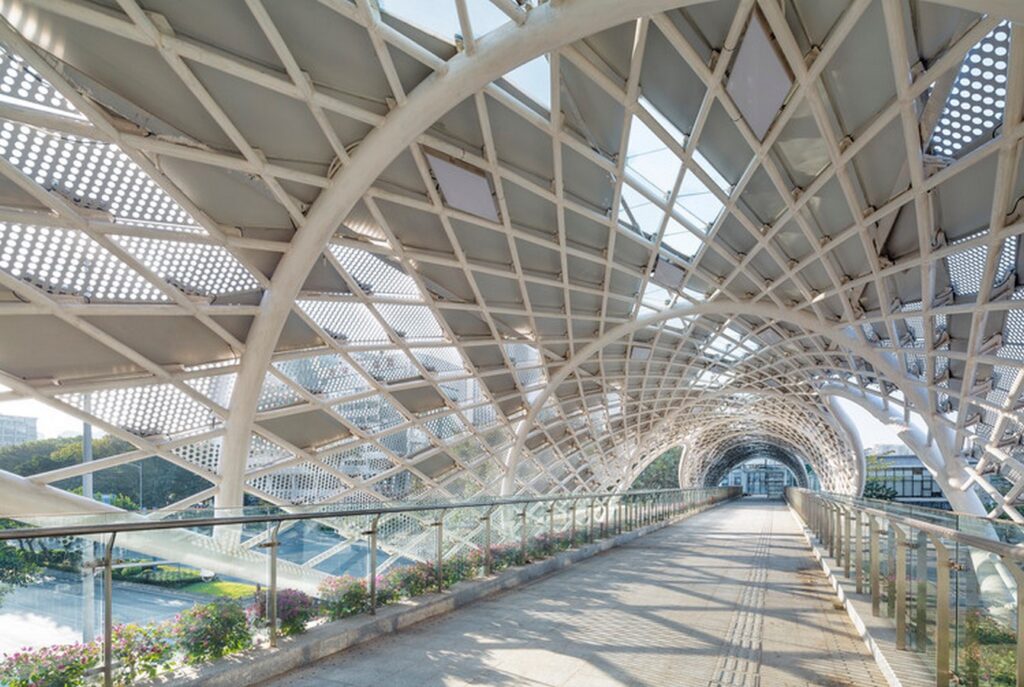
Design Concept
Inspired by Tradition
The design draws inspiration from traditional Chinese symbolism, particularly the Nine Dragons Picture, which emphasizes variation and growth. Like the dynamic portrayal of dragons, the overpasses adapt to different contexts through rotation, extension, undulation, and enlargement. This approach ensures flexibility while maintaining a cohesive design language.
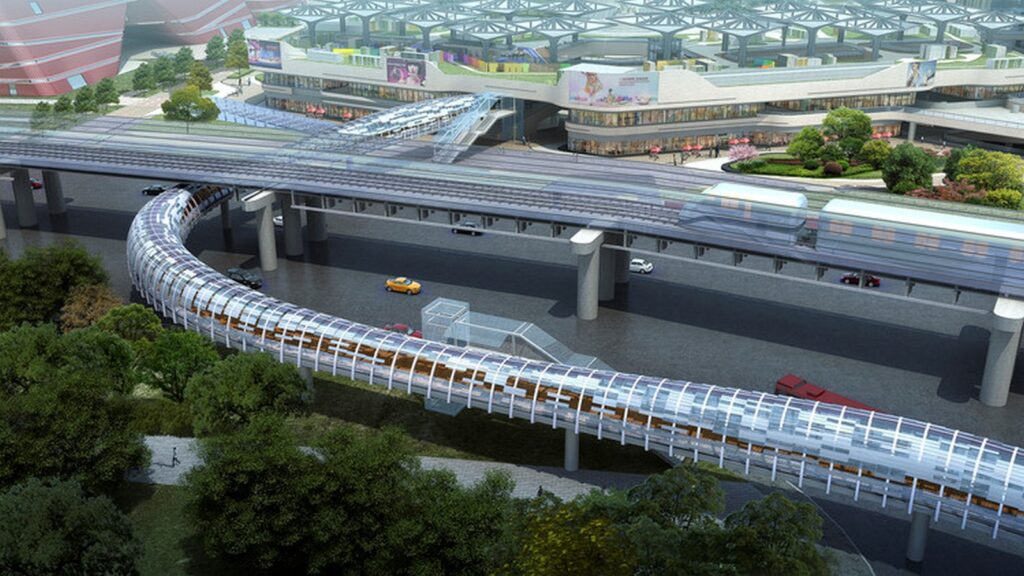
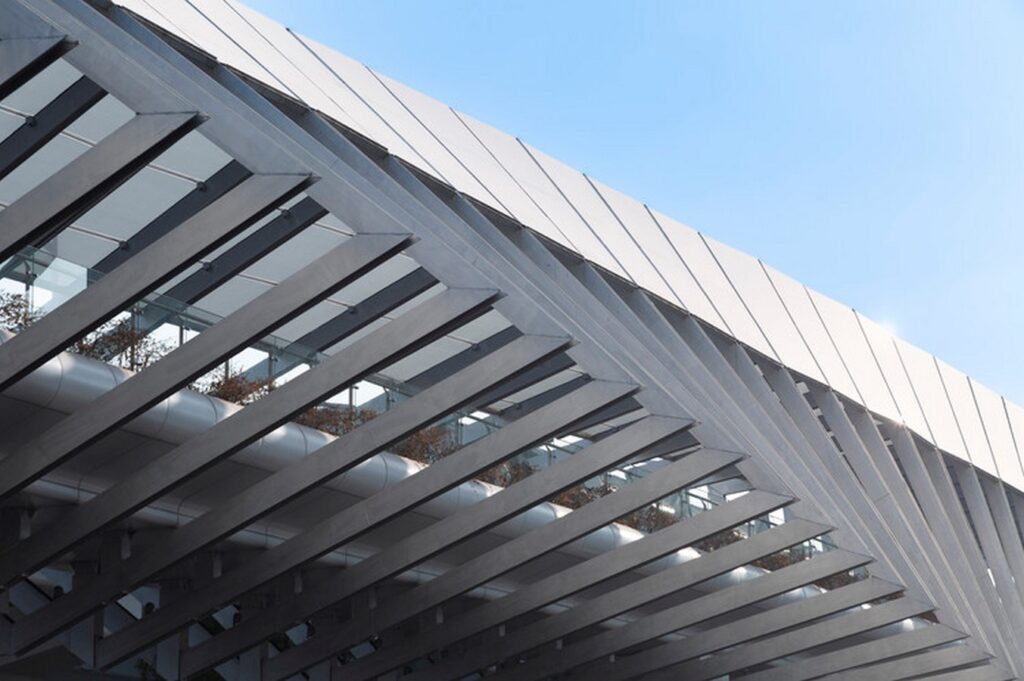
Four Bridge Types
To cater to diverse urban contexts, four distinct bridge types are employed:
- Rotating Bridge: Designed for curved routes, these bridges feature a twisting frame and a semi-permeable membrane surface, providing a unique spatial experience.
- Extension Bridge: For straight routes, bridges with an infinite extension trend are employed. Undulating curves along the bridge deck enhance visual interest and provide sunshade and rain protection.
- Waving Bridge: When vertical obstacles must be navigated, undulating steel frames enable flexible height adjustments, creating pleasant linear spaces within the urban fabric.
- Platform Bridge: Serving as more than just transportation corridors, these bridges support urban life scenes, evolving into three-dimensional platforms for various activities.
Implementation
Strategic Locations
The overpasses strategically link key urban nodes, such as subway stations, commercial complexes, and government buildings. Each bridge serves as a vibrant urban connector, enriching the surrounding environment and enhancing pedestrian mobility.
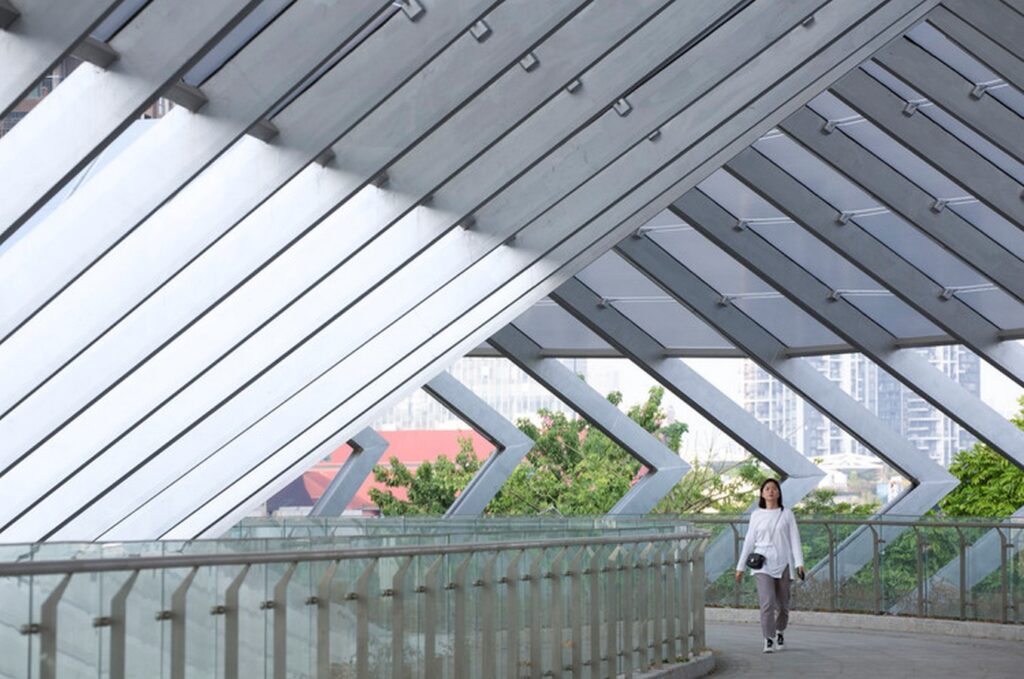
Sustainable Features
In addition to their aesthetic and functional qualities, the overpasses prioritize sustainability. Solar panels, energy-efficient LED lighting, and green elements promote environmental responsibility while adhering to Dutch BREEAM standards.

Conclusion
The Longgang Core Area Overpasses Design embodies innovation, functionality, and cultural resonance. By harmonizing traditional symbolism with contemporary design principles, FCHA has created a dynamic pedestrian network that transcends mere transportation infrastructure. As Shenzhen continues its urban evolution, projects like these contribute to a more connected, sustainable, and vibrant cityscape.


